Advertisement
Facts About Garter Snakes
Advertisement
Garter snakes are fascinating creatures belonging to over a dozen species within the genus Thamnophis. Most of these species are non-venomous and are often considered completely harmless to humans. However, a few species possess a mild neurotoxin in their saliva that may cause slight swelling or itching if bitten. Nevertheless, serious reactions are extremely rare. In fact, garter snakes are popular pets due to their docile nature. It's thought that the name "garter snake" comes from the stripes on their bodies resembling the garters men once used to hold up their socks. Alternatively, it might be a misinterpretation of the German word for garden.
Appearance
Garter snakes are small to medium-sized reptiles, typically measuring between 23 and 30 inches in length. Occasionally, some individuals may grow up to five feet long. Their scales are keeled, meaning each scale has a raised ridge down the center. Most species display three longitudinal stripes that are usually green or yellow, though other colors can occur across different species. Interestingly, several species of garter snakes have bi-colored tongues, often split symmetrically so each half is a different color. As you can see, their appearance is unique.
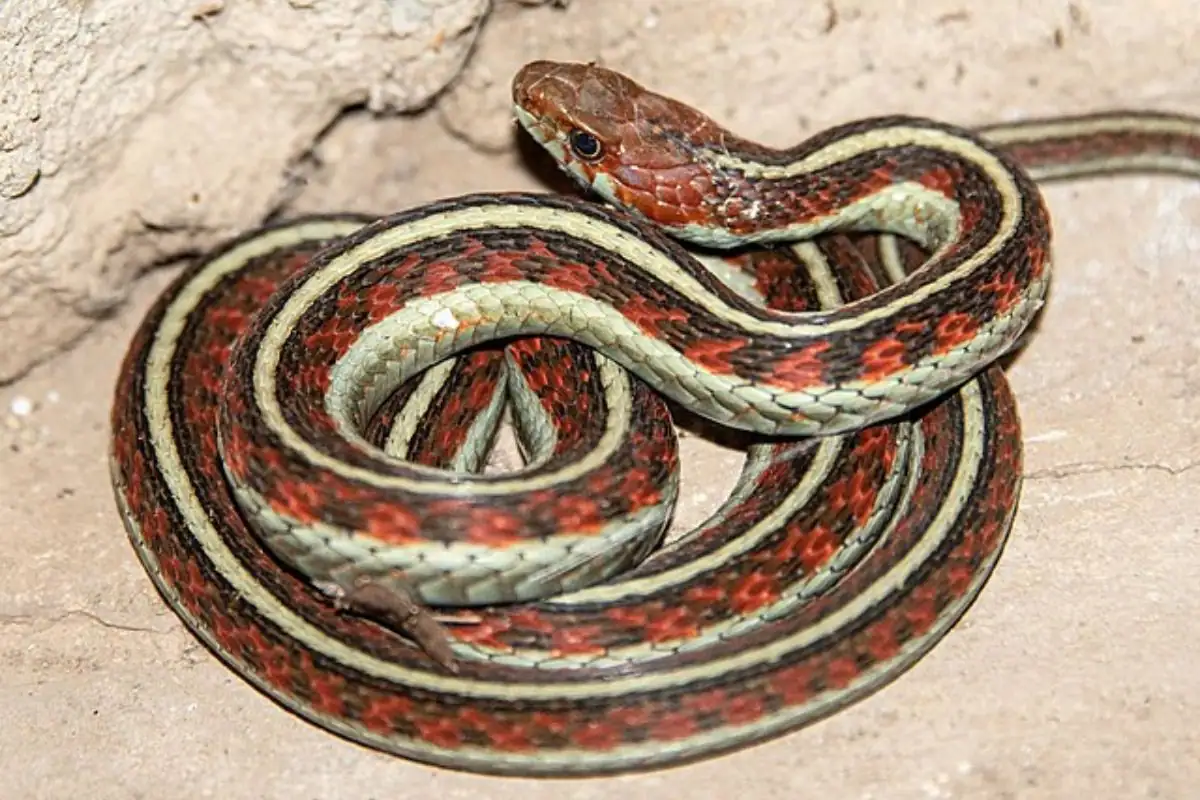
Advertisement
Range
Garter snakes are found throughout North America and even into southern Canada. They are especially abundant in the eastern United States, and the garter snake is, in fact, the state reptile of Massachusetts. While there are no snakes native to Alaska, a garter snake was once found dead on a road near Haines, Alaska, back in 2005. They inhabit a wide range of environments, including forests, meadows, and grassy knolls. However, they have a preference for areas near water sources. All in all, garter snakes are quite adaptable.
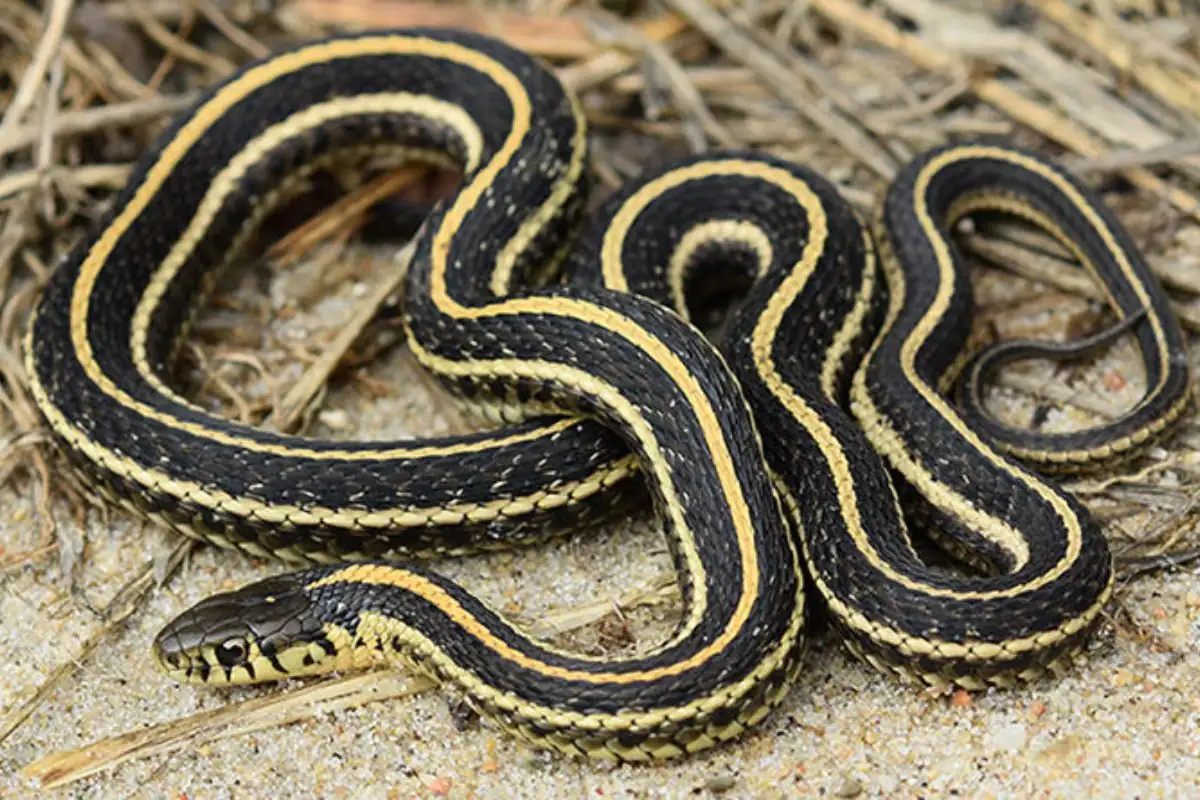
Advertisement
Activity
Being diurnal creatures, garter snakes are active during the day. They move quickly, and some species are even capable of climbing shrubs and vines. Moreover, several species are adept swimmers. The more aquatic types are skilled hunters, effortlessly catching frogs, salamanders, and fish. Despite being harmless, garter snakes have been known to cause quite a stir among swimmers during the summer months. After all, they resemble the more dangerous cottonmouth snake when gliding through water in pursuit of prey.
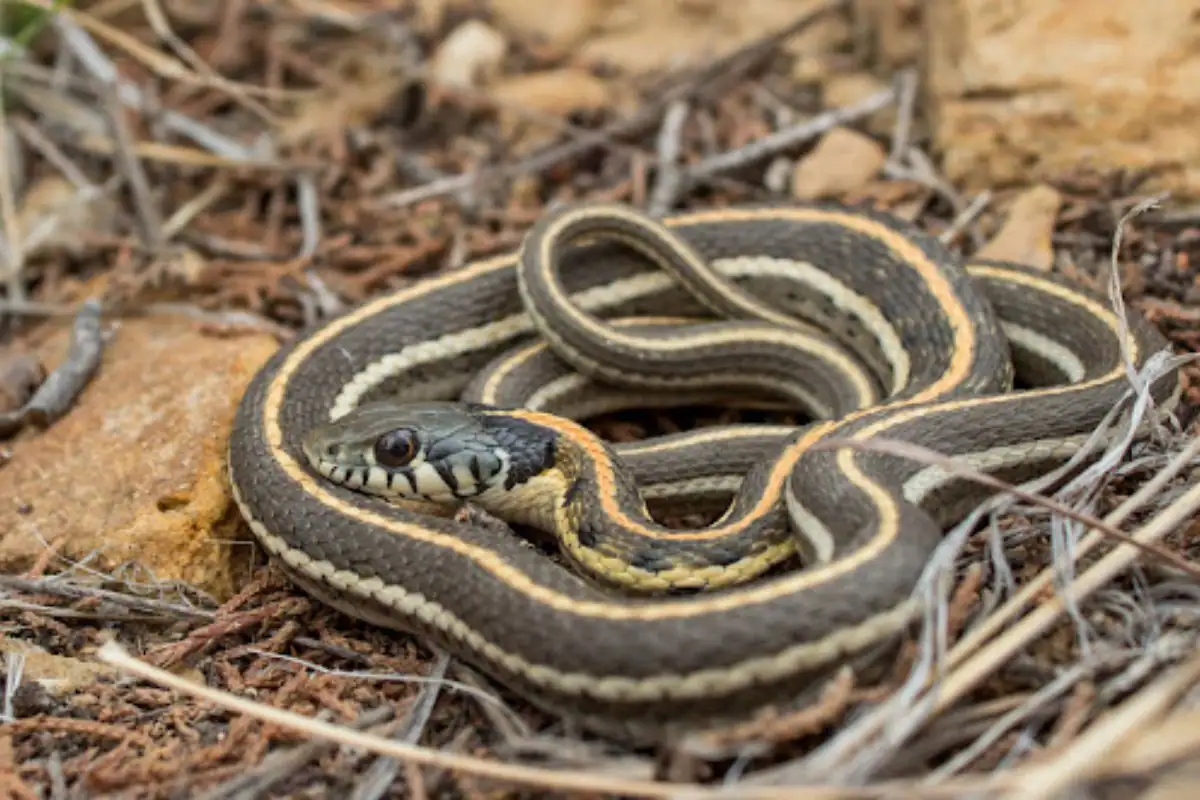
Advertisement
Defenses
Due to their small size, garter snakes are vulnerable to many predators. Birds of prey like hawks and crows often hunt them. In addition, aquatic predators such as snapping turtles and bullfrogs feed on the water-dwelling species, while land predators like bears, foxes, squirrels, and raccoons may eat them occasionally. When threatened, a garter snake can release a foul-smelling musk as a defense mechanism. Their primary defenses, however, are their striped camouflage and their ability to quickly disappear into the underbrush. Nevertheless, garter snake populations remain relatively stable because they produce many offspring each year.
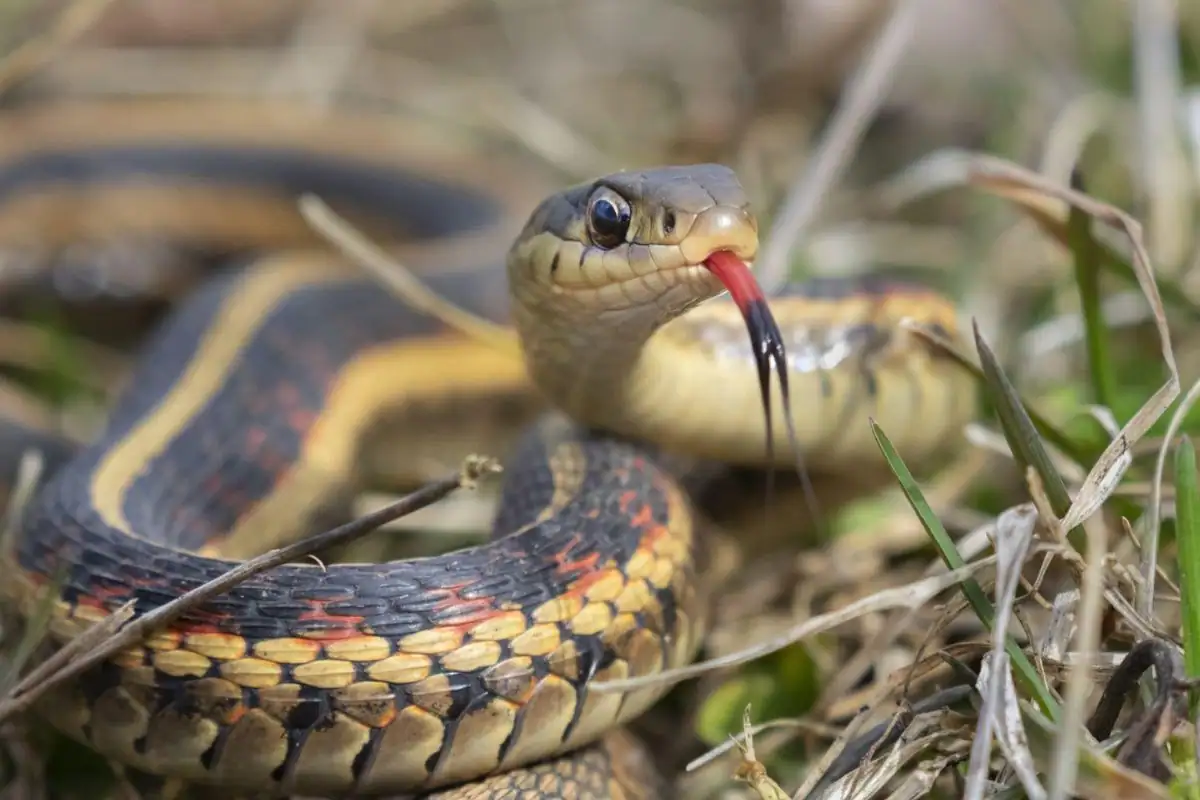
Advertisement
Hibernation
In colder climates, garter snakes hibernate during the winter months. They do so in large groups that can number in the hundreds. The largest recorded gathering was in Canada, where over 8,000 snakes congregated in a communal den. Interestingly, some species even hibernate with other snake species and will travel long distances to reach these large dens. Furthermore, they sometimes choose to hibernate beneath homes. While they typically avoid basements due to their shy nature, rooms without basements underneath can be ideal. It's quite an experience to witness hundreds of snakes emerging from beneath a home in the spring.
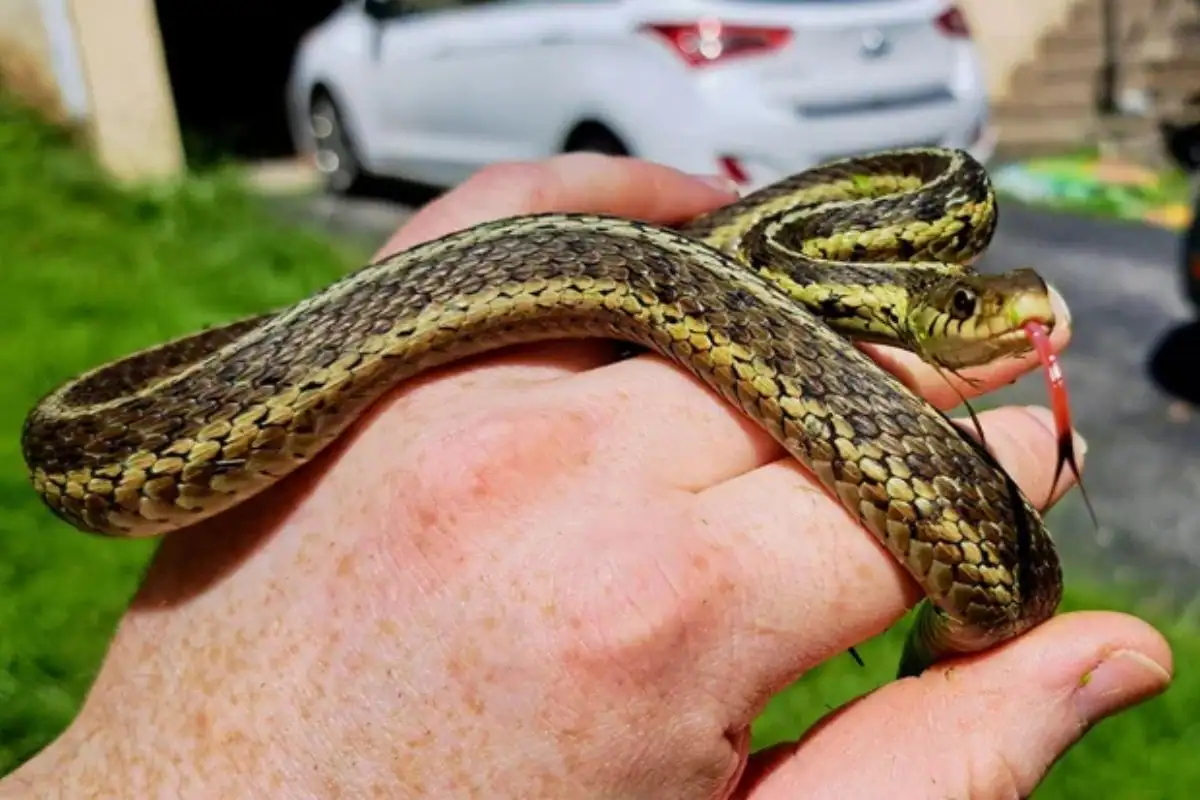
Advertisement
Hunting
Garter snakes have sharp teeth and quick reflexes, enabling them to grasp prey effectively, and they swallow their food whole. The saliva of some species contains a mild neurotoxin that can cause paralysis in their prey. They typically feed on fish, amphibians, and earthworms. Occasionally, garter snakes catch larger prey, which they subdue by dragging and chewing. In captivity, garter snakes are usually fed crickets, as rats are too large and mice are not preferred. As you might imagine, their hunting skills are quite impressive.
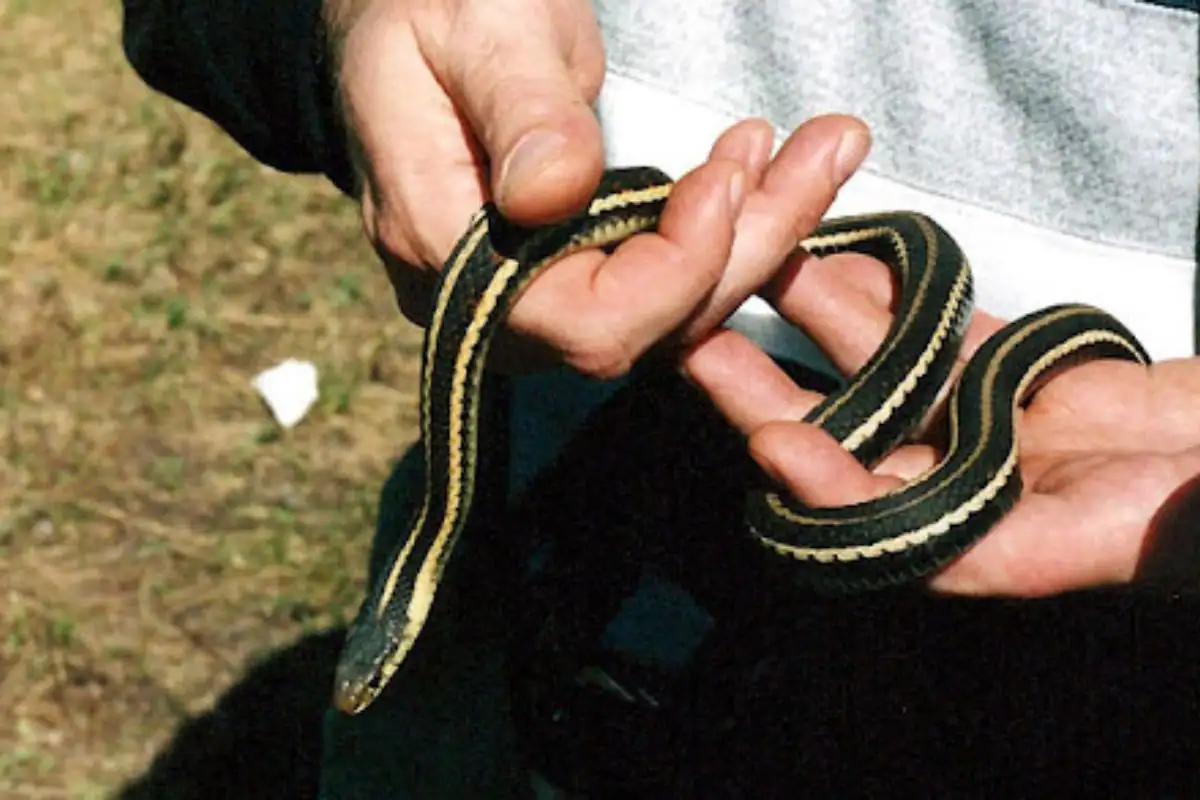
Advertisement
Mating
In colder regions, mating takes place almost immediately after the snakes emerge from hibernation in the spring, as they are already gathered together. They also mate in the fall before hibernating. In warmer areas where garter snakes do not hibernate, they find mates using pheromones. Female garter snakes release pheromones that attract dozens of males, leading to what is known as a "mating ball." This frenzy can alarm homeowners who may fear their property is overrun with snakes. When it comes to mating, garter snakes don't waste any time.
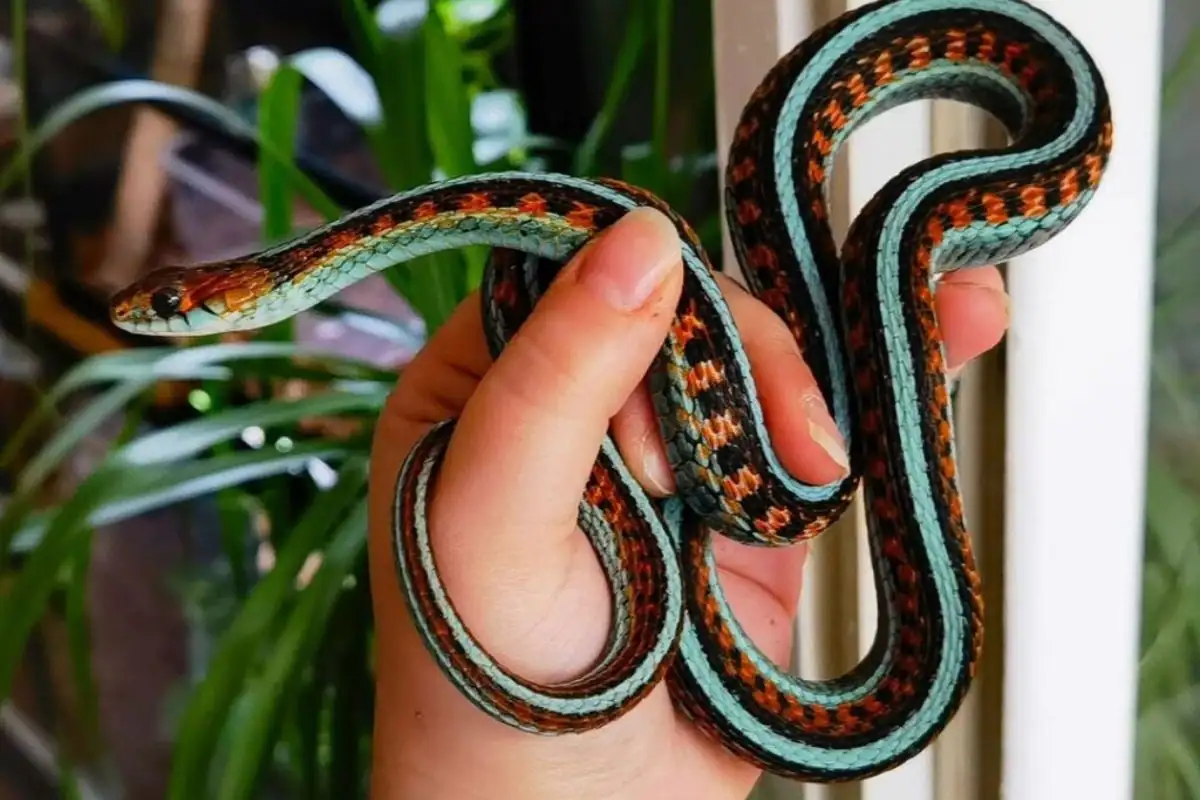
Advertisement
Mating Abnormalities
Some male garter snakes employ a sneaky strategy to improve their mating chances by secreting female pheromones. By doing so, they attract other males away from actual females, reducing competition. After leading the rival males on a wild goose chase, the deceptive male returns to the mating ball to pursue females. The classification of garter snake species is somewhat muddled due to observations of multiple species within the same mating ball. Consequently, it's possible that what we consider different species might just be variations expressing different color patterns.
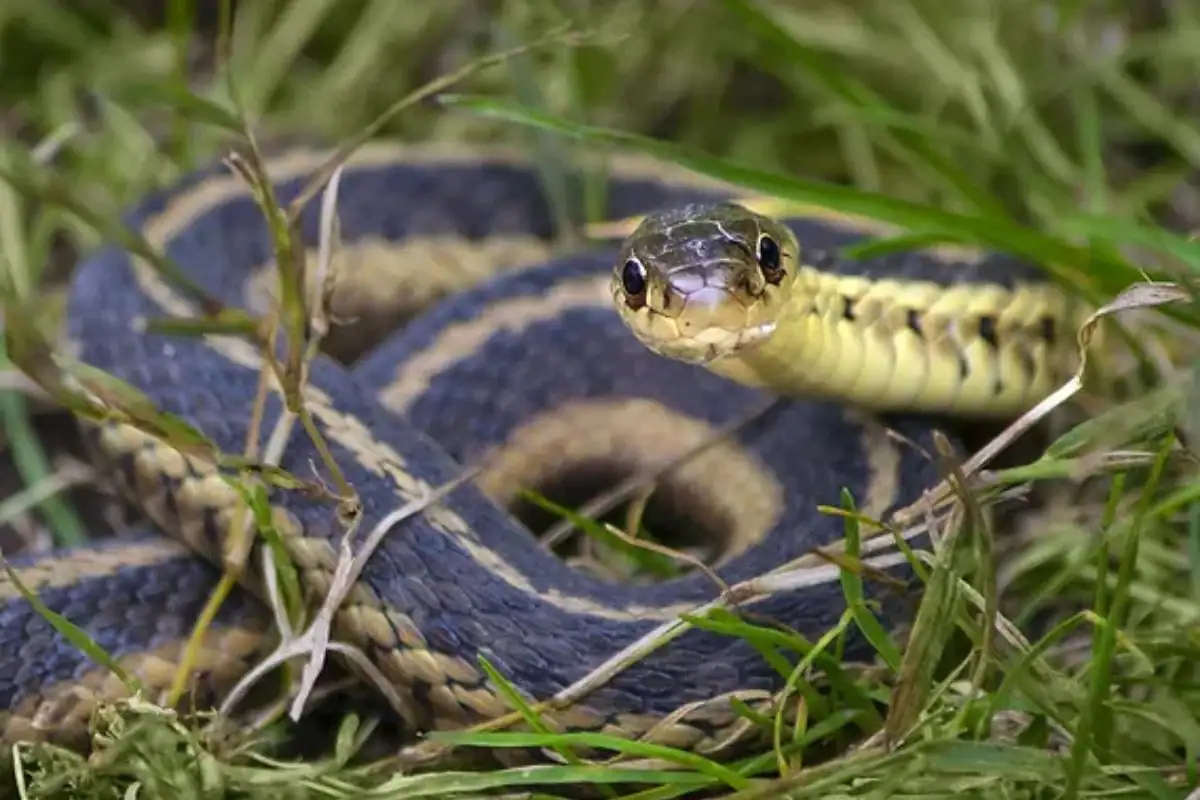
Advertisement
Reproduction
Garter snakes are ovoviviparous, meaning they give birth to live young rather than laying eggs. The female stores sperm after mating and chooses the optimal time and place for fertilization. They typically give birth to 20 to 40 young at a time, although there are exceptions, with recorded births of up to 101 young. The newborn snakes are independent from birth, as garter snakes do not care for their offspring. Therefore, these little ones have to fend for themselves right away.
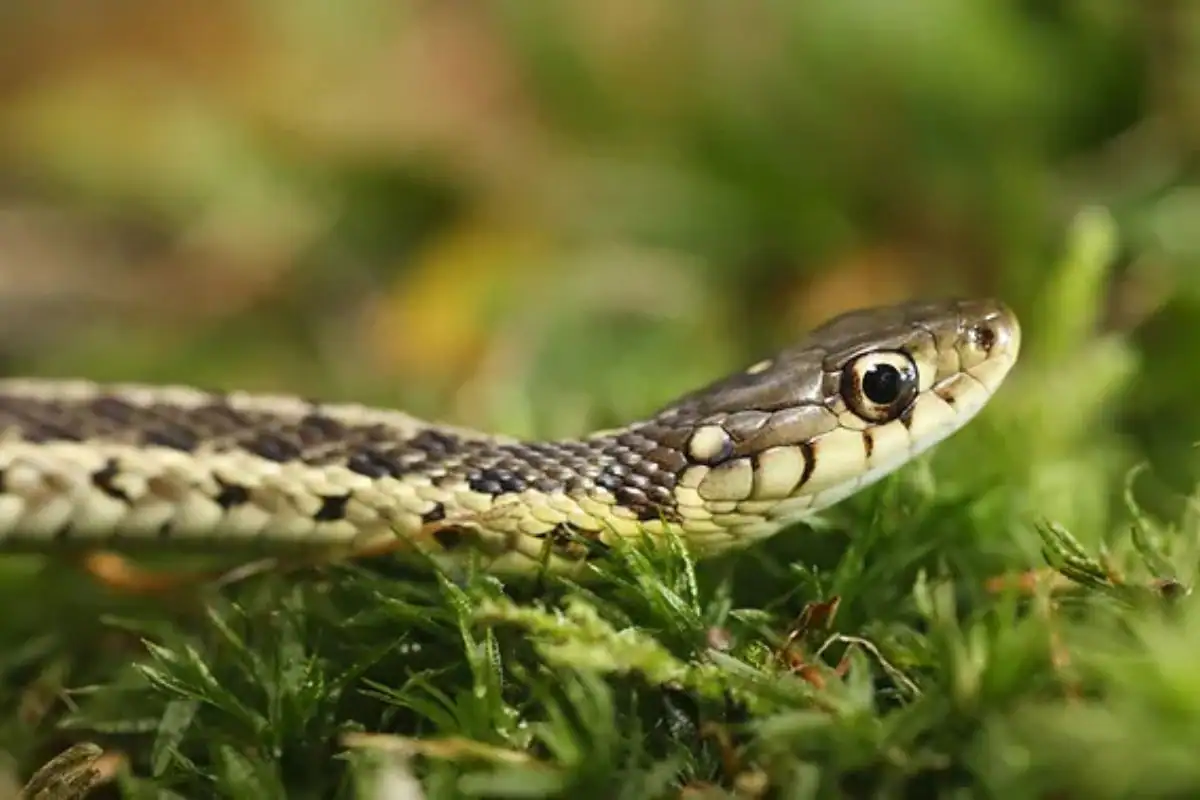
Advertisement
Conservation Status
While many snake species across the world face threats of extinction, garter snakes are fortunately abundant and adaptable. They are subject to similar threats, including habitat loss and the pet trade. However, their ability to thrive in various environments and their widespread distribution mean they are classified as of "least concern" for extinction by the International Union for Conservation of Nature's Red List of Threatened Species. So, garter snakes are doing just fine—for now.
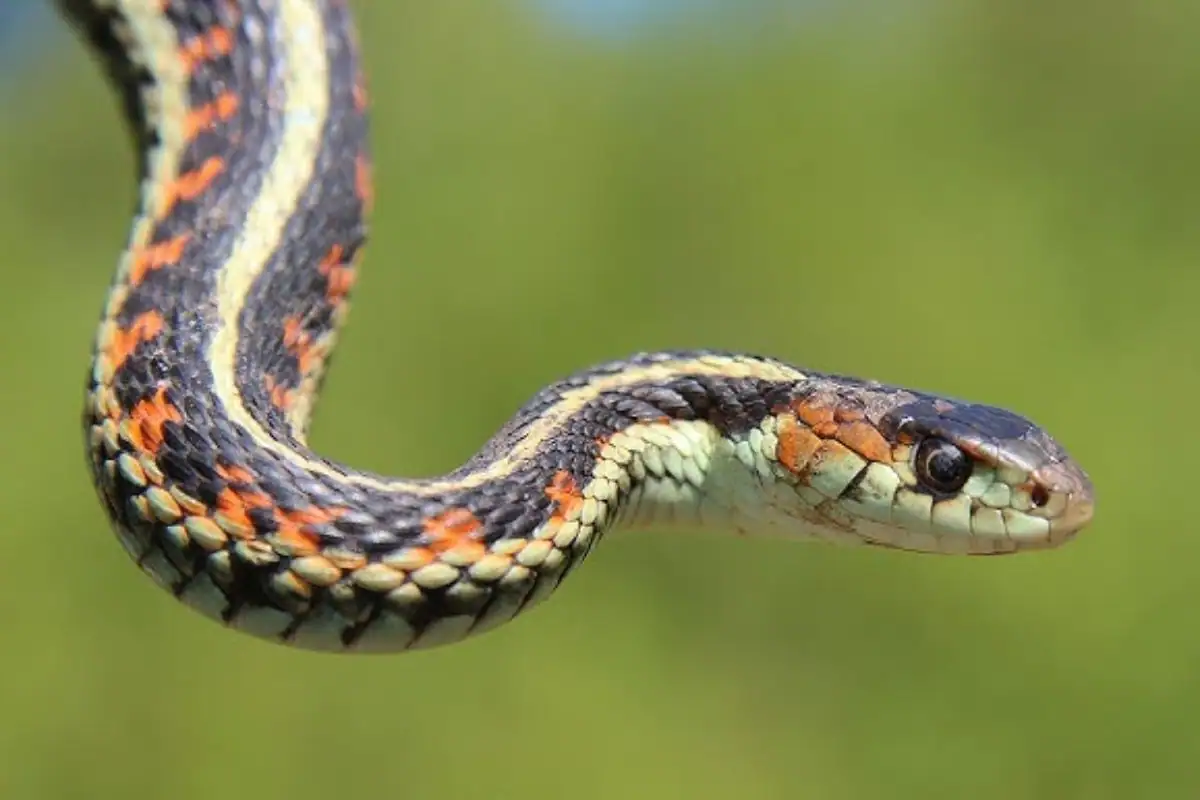
.png)




